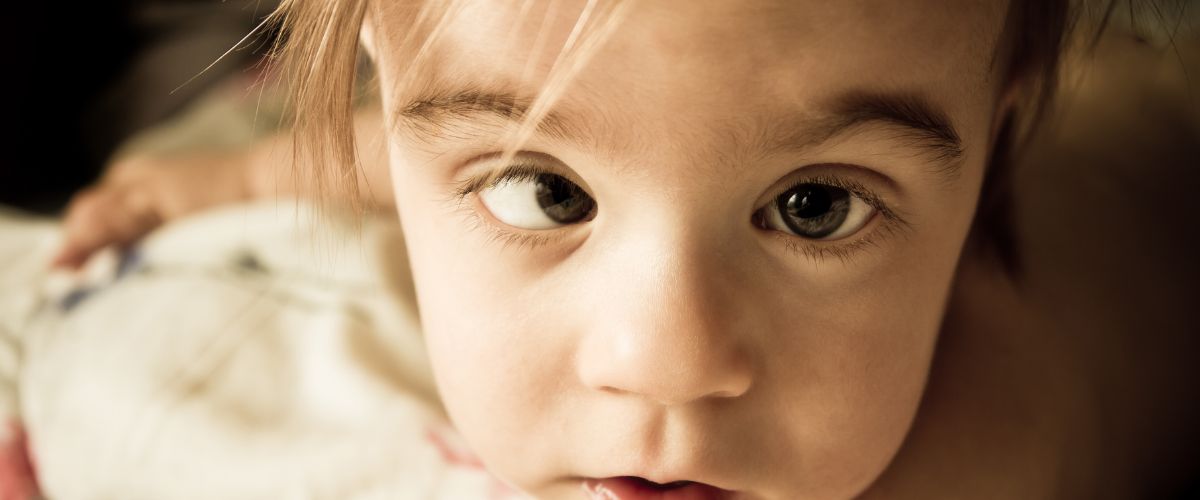
The tests we use to detect strabismus are different from a standard eye exam. A strabismus test should be performed for screening purposes or in case of doubt.
History of symptoms: The doctor asks when the patient's strabismus symptoms started, how they developed, and under what conditions they worsened.
Information about the presence of head trauma, infections, genetic factors, and other medical conditions is collected.
Find out if there is a family history of similar eye problems.
The doctor asks the patient to move his eyes in different directions and evaluates the ability of the eyes to move. This test checks whether the eyes move in sync.
The doctor examines the anterior and posterior segments of the eyes using ophthalmoscopy and other instruments.
At the start of the masking test, the patient is asked to look at a well-defined target. While the patient is looking at the target, first one eye is closed and the other eye is observed to change its position to see the target. The same procedure is repeated in the other eye. In some cases, there may be differences in the direction and angle of deviation between the two eyes.
In this test, unlike the direct covering test, the covering process is rapidly switched between the eyes to prevent both eyes from seeing at the same time. At this time, it is evaluated whether there is a gap behind the cover. This test detects hidden obesity.
To more accurately measure the direction and degree of eye movement, the doctor uses special prisms. During this masking test, a prism is placed in front of the patient's eye. The prism helps to measure the direction of movement of the eyes and the degree of deviation by refracting light rays. The doctor tries different prism strengths to the point where the eyes don't move.
The doctor checks how the light is reflected in the pupils. Asymmetry of points of light in the eyes can be a sign of strabismus.
Special drops are used to dilate the pupils, and then the fundus is examined. This helps determine if there are any problems with the eye muscles or nerves.
This test tests how the eyes work together and see three-dimensional objects.
Eye movements and ability to focus on the target are evaluated.
Problems with the nervous system can affect the functioning of the eye muscles and cause strabismus. These tests are done to determine if there is nerve damage.
It is used to determine the cause and location of nerve damage by providing detailed images of the eyes and brain structures.